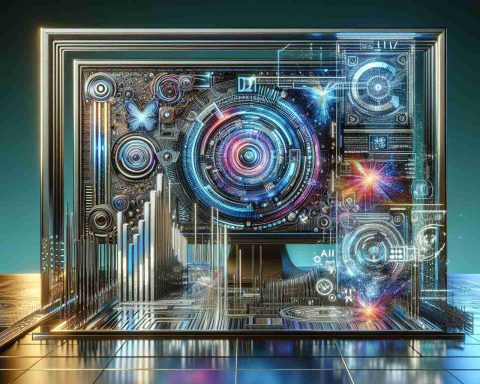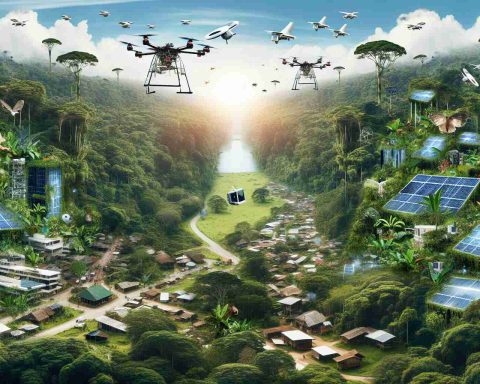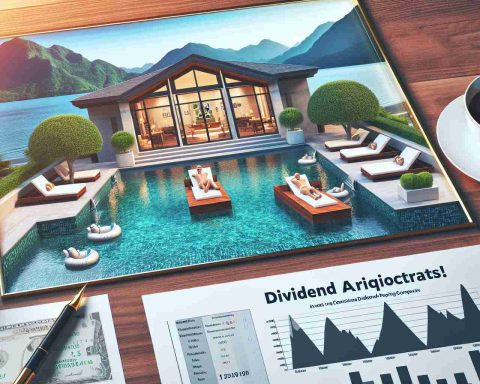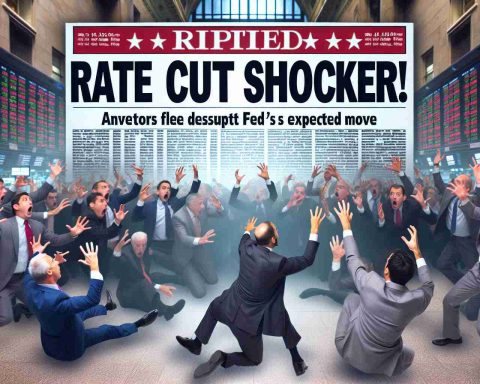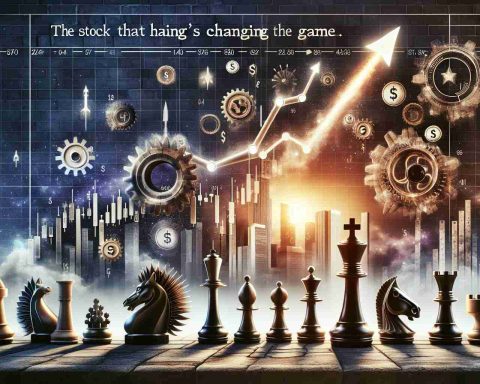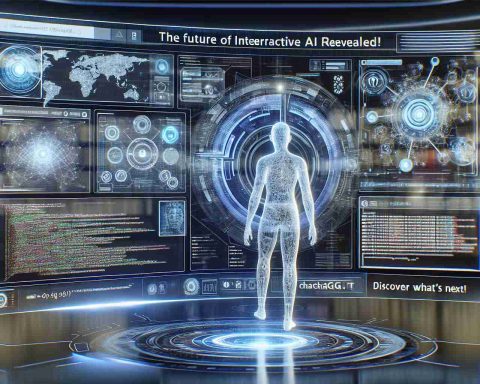In an exciting development for art and technology enthusiasts alike, the upcoming Dataland museum will showcase the incredible synergy between human creativity and artificial intelligence. Set to open its doors in 2025, this innovative venue will be located in the heart of Los Angeles at Grand LA and designed by the renowned architect Frank Gehry.
Dataland aims to provide a unique interactive experience, inviting visitors from diverse backgrounds to engage with cutting-edge technologies, such as machine learning and sensory visualization, never before witnessed on such a grand scale. The museum will serve as a public repository for extensive natural datasets and offer both online learning platforms and an impressive collection of AI-generated art.
At the helm of this visionary project is designer Refik Anadol, who envisions Dataland as a “living” space that incorporates a pioneering element known as the Large Nature Model. This initiative utilizes real-world data, including images and audio recordings, transforming them into captivating art pieces. In an exciting twist, the museum will also feature AI-generated scents, developed in collaboration with a fragrance studio, adding an immersive dimension to the exhibits.
While the exact opening date remains unannounced, the museum’s commitment to ethical practices is noteworthy, as it utilizes renewable energy for its AI research conducted on Google servers in Oregon. As anticipation builds for Dataland, it promises to be a revolutionary hub celebrating the intersection of technology and artistic expression.
Tips and Life Hacks for Embracing Art and Technology
As the excitement builds for the upcoming Dataland museum, which will fuse art with cutting-edge technology, it’s the perfect opportunity to explore ways to enhance your own engagement with these dynamic fields. Whether you’re an artist, technologist, or simply an enthusiast, here are some tips, life hacks, and interesting facts to help you navigate this ever-evolving landscape.
1. Experiment with AI Tools: With the rise of user-friendly AI art generators, you don’t need to be a tech expert to create stunning visuals. Tools like DALL-E and Midjourney allow you to input specific prompts and generate art based on your ideas. Experimenting with these tools can spark creativity and inspire new projects.
2. Join Online Workshops: Many organizations and artists are now offering online workshops that focus on the intersection of art and technology. These sessions may cover various topics, from digital painting with AI assistance to 3D modeling and animation. Engaging in these activities can broaden your skillset and inspire innovative projects.
3. Create a Digital Portfolio: As technology plays an increasing role in the art world, maintaining an online portfolio can help showcase your work. Platforms like Behance and Adobe Portfolio let you display your pieces beautifully and can help you connect with other artists and potential collaborators.
4. Engage with Local Art Communities: Just like Dataland aims to bring diverse backgrounds together, participating in local art or tech meetups can lead to fantastic networking opportunities. Look for events filled with discussions about art and technology, and don’t hesitate to share your ideas!
5. Explore Interactive Experiences: As technology evolves, so do the ways we interact with art. Consider attending exhibitions that offer virtual reality experiences or interactive installations, many of which allow for individual participation. This immersion can deepen your appreciation for the delicate dance between technology and creativity.
6. Learn about Ethical AI Practices: As noted in the Dataland project, ethical considerations in AI are critical. Take the time to educate yourself about AI ethics, especially in art creation, and support artists and technologies that committed to ethical practices.
7. Stay Informed: Follow trends at the intersection of art and technology through blogs, podcasts, or dedicated news sites. Keeping up with advancements will not only inspire your current work but also help you anticipate changes in the art landscape.
Did You Know? The concept of AI in art is not as new as it seems. The first computer-generated artwork was created in the 1960s by a British artist named Harold Cohen, who developed a program called AARON. This shows that the collaboration between humans and machines has been an evolving journey for decades.
As we look forward to the transformative experience Dataland promises, consider how you can incorporate these tips into your own creative life. Embrace technology as a tool to enhance your art, connect with others, and explore the potential of what the future holds in the creative landscape.
For more information about contemporary art and technology, visit ArtNews.

